Top 10 New Species of 2010
Bioluminescent Mushroom
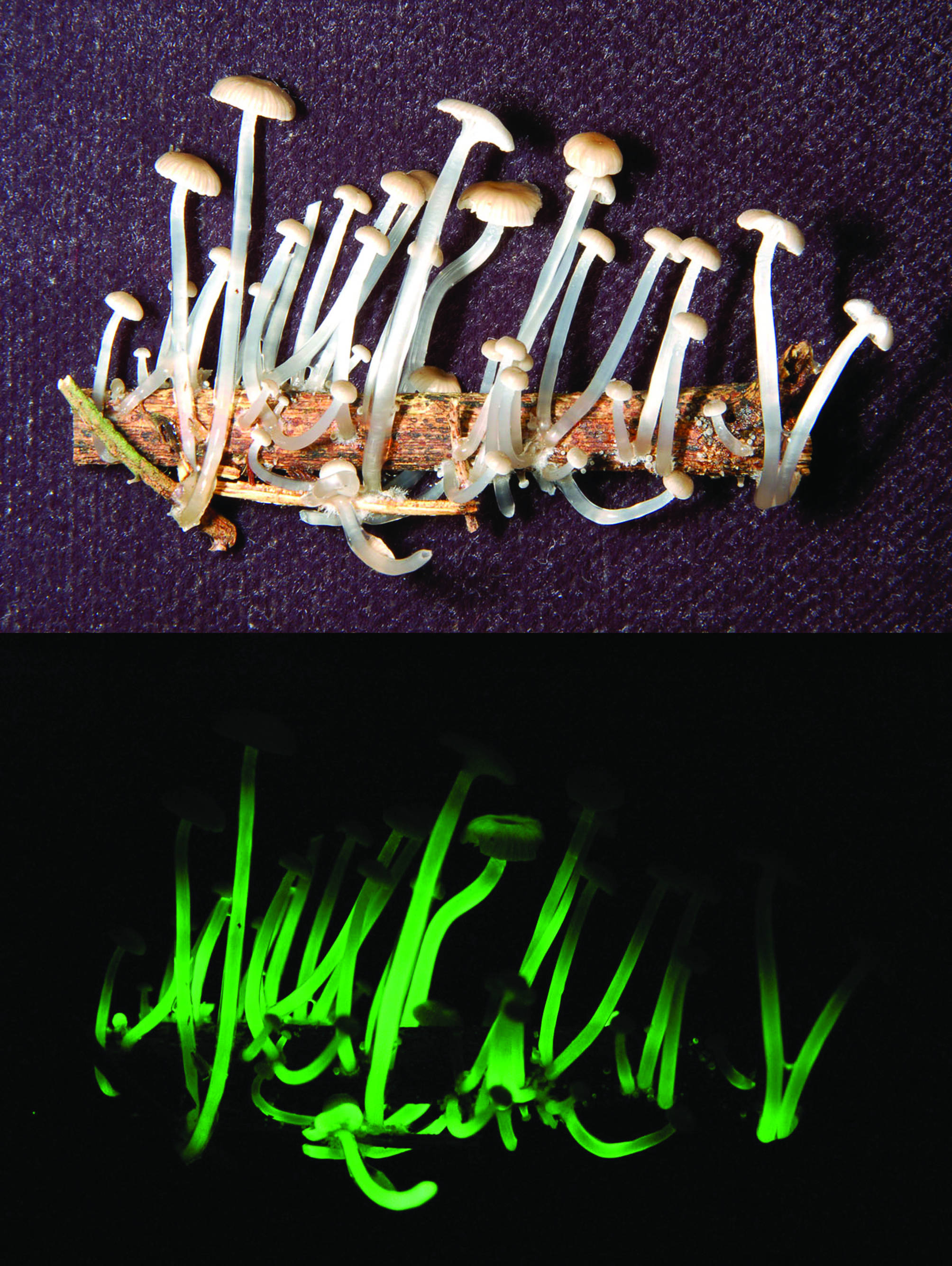
Lighting up the top 10 is a luminescent fungus collected in São Paulo, Brazil, found on sticks in an Atlantic forest habitat. The teeny mushrooms, less than 8 millimeters in diameter with caps smaller than 2 centimeters across, have gel-coated stems that glow constantly, emitting a bright, yellowish-green light. San Francisco State University biology professor Dennis Desjardin and his colleagues who made the discovery, named the new species Mycena luxaeterna (eternal light) after a movement in Mozart's "Requiem." Desjardin, who has discovered more than 200 new fungi species, noted that of the estimated 1.5 million species of fungi on Earth, only 71 species are known to be bioluminescent.
Darwin's Bark Spider
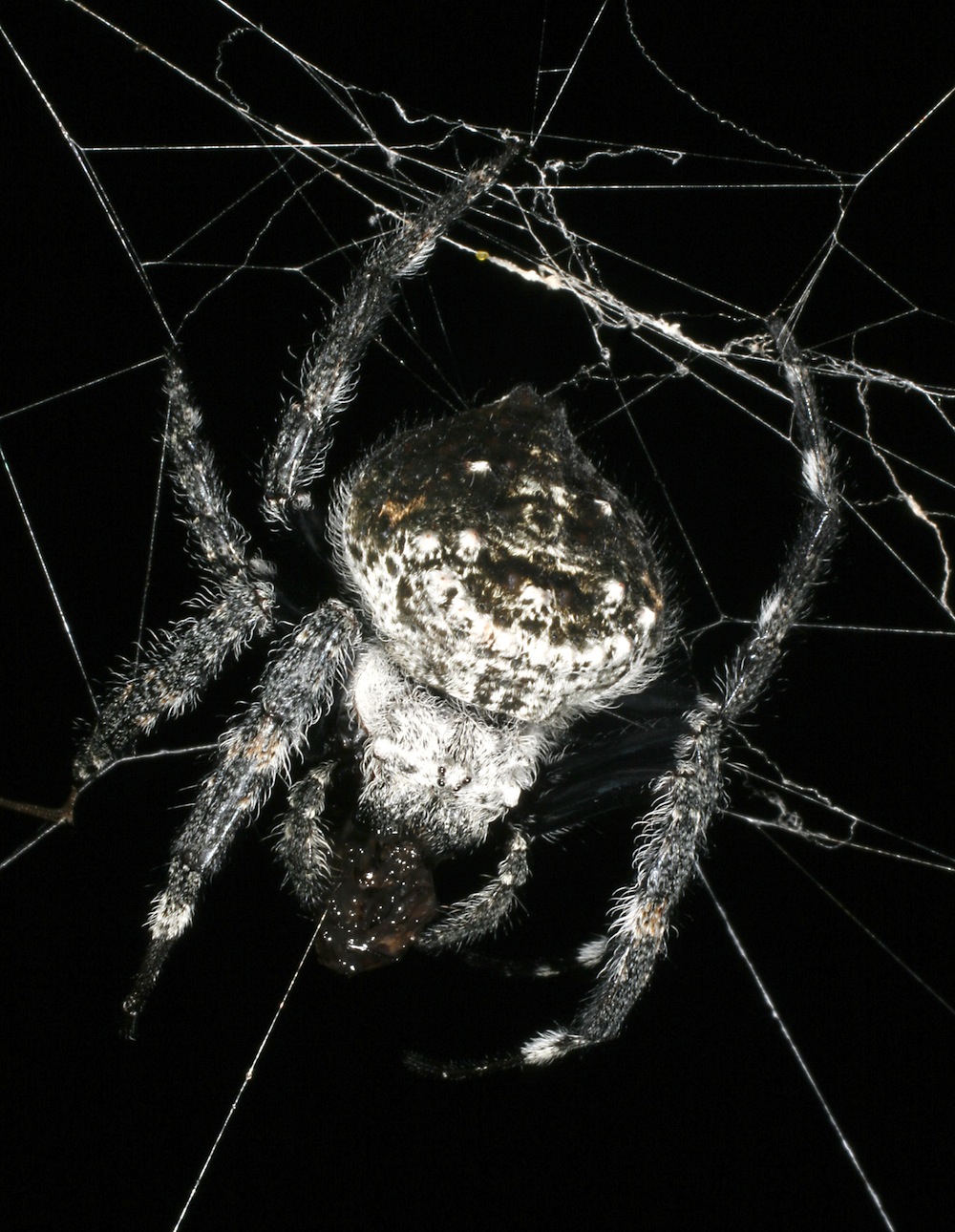
Rounding out the top 10 picks is an orb-weaving spider from Madagascar that was named for Charles Darwin – Caerostris darwini. The webs of Darwin's Bark Spider have been found spanning rivers, streams and lakes, and in one instance, a web stretched 82 feet across a Madagascar river with at least 30 insects trapped in it. But length of the web isn't the only distinction of this species. The silk spun by these spiders is more than two times stronger than any other known spider silk and reportedly 10 times stronger than a similarly sized piece of Kevlar.
Titanic bacterium
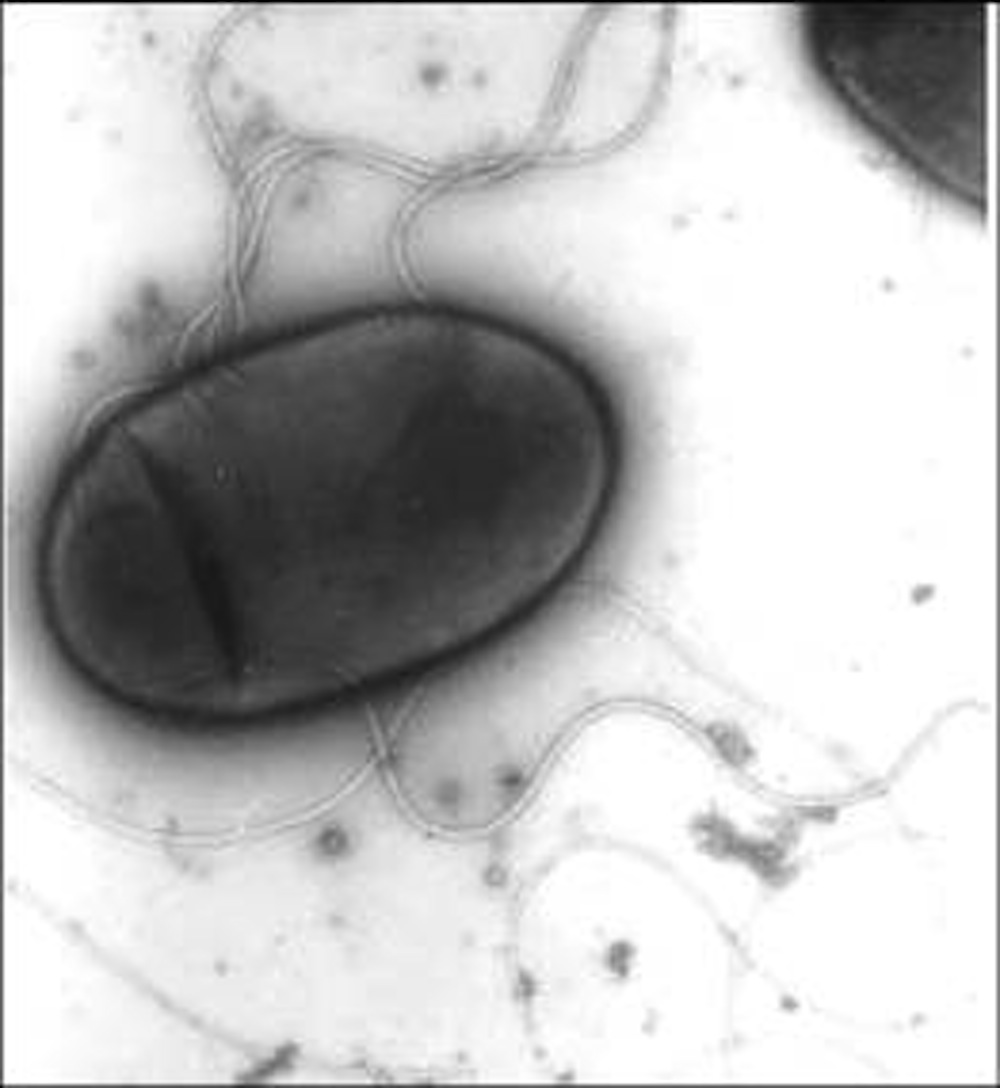
Also making the list is the iron-oxide consuming bacterium that was discovered on a rusticle from the RMS Titanic and named Halomonas titanicae by a team of scientists from Dalhousie University in Canada and the University of Sevilla in Spain. The passenger steamship Titanic struck a massive iceberg in 1912 on its maiden voyage and sank deep in the Atlantic Ocean, where it has been deteriorating. Studies show that the bacterium sticks to steel surfaces, creating knob-like mounds of corrosion products. Researchers believe this bacterium could be useful in the disposal of old ships and oil rigs that lie deep in the ocean.
H. titanicae

H. titanicae digests steel and iron into growths called "rusticles"
Monitor Lizard
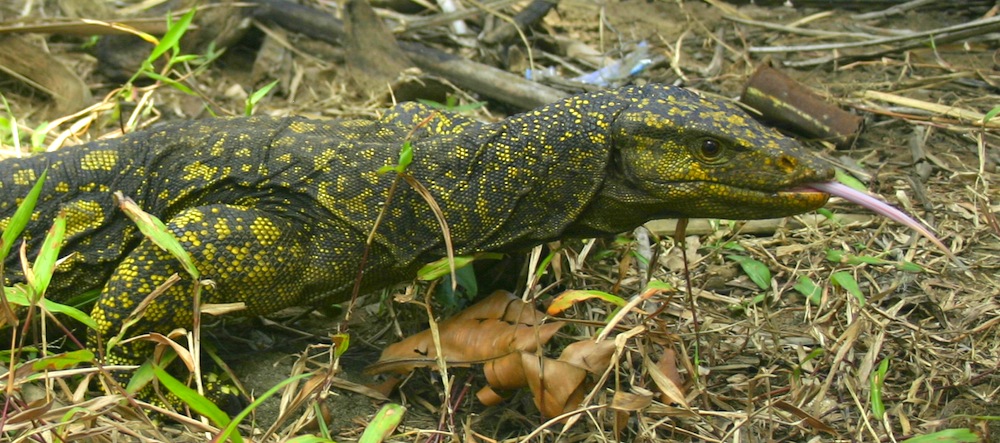
This new fruit-eating monitor lizard made the top ten new species of 2010 list.
Golden Spotted Monitor
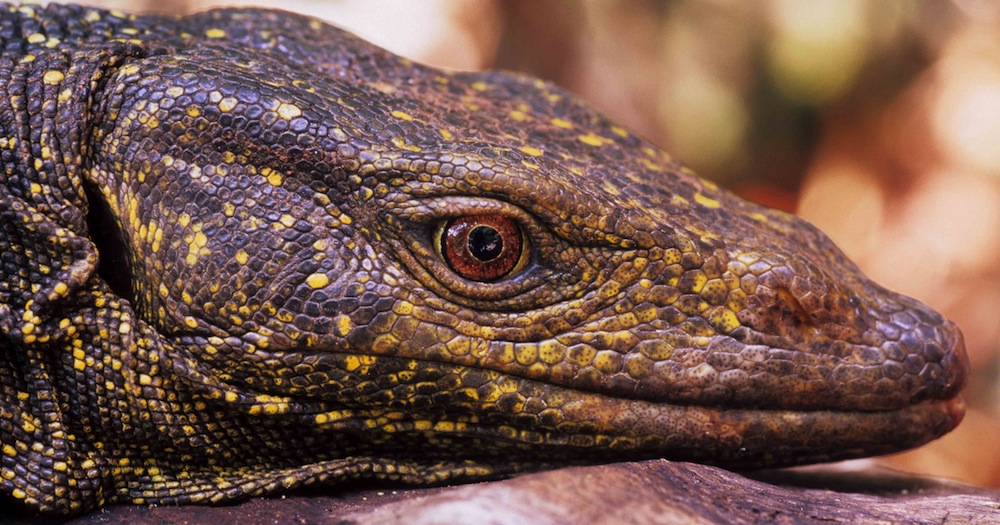
At 6 feet 6 inches in length, a frugivorous (fruit-eating) monitor lizard found in the Northern Sierra Madre Forest on Luzon Island in the Philippines is the longest species to make this year's top 10. Weighing only 22 pounds, this species is brightly colored with stripes of gold flecks. Its scaly body and legs are a blue-black mottled with pale yellow-green dots and its tail is marked in alternating segments of black and green. Named Varanus bitatawa, this lizard spends most of its time in trees and has become a flagship species for conservation in the Philippines.
Pollinating Cricket
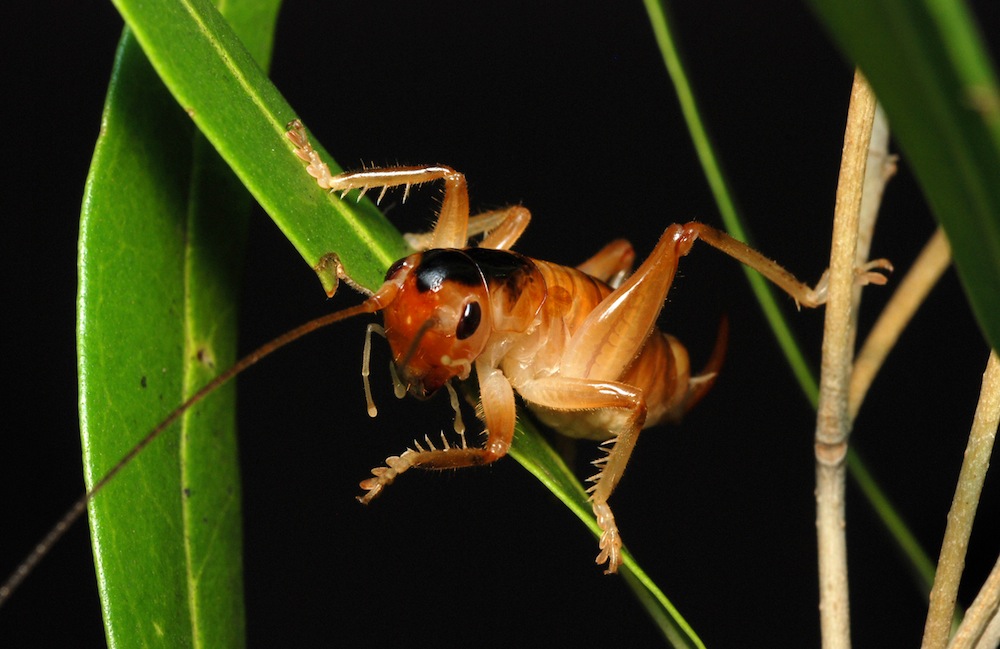
Glomeremus orchidophilus – a raspy cricket – made the top 10 list for its distinction of being the only pollinator of the rare and endangered orchid Angraecum cadetii on Réunion in the Mascarene Archipelago in the Indian Ocean. The scientists who made the discovery wrote that this species, which belongs to a subfamily of crickets that make a raspy sound, represents the first supported case of regular pollination by an insect from the order Orthoptera in extant flowering plants.
Sign up for the Live Science daily newsletter now
Get the world’s most fascinating discoveries delivered straight to your inbox.
Pollinating Cricket
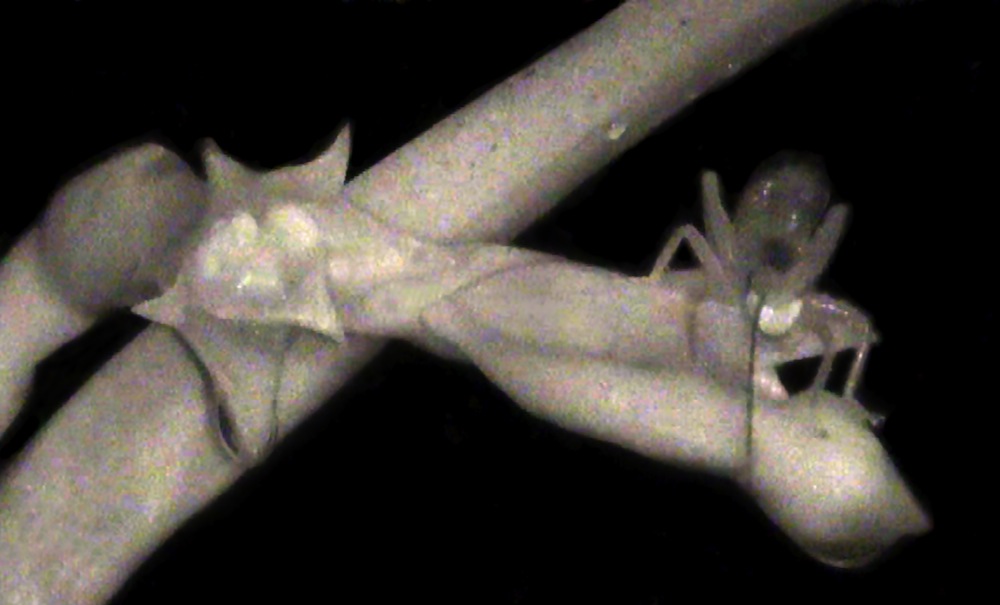
This pollenating cricket made the top ten new species of 2010 list. It is the only known pollenator of the endangered orchid Angraecum cadetii.
Walter's Duiker
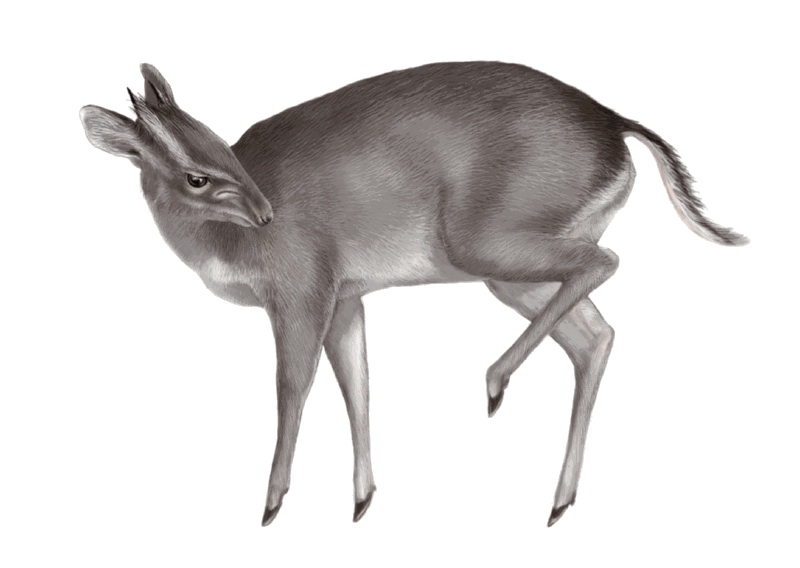
A new duiker (antelope) from West Africa was first encountered at a bushmeat market, a surprising find, according to the scientists who reported the new species in Zootaxa. "The discovery of a new species from a well-studied group of animals in the context of bushmeat exploitation is a sobering reminder of the mammalian species that remain to be described, even within those that are being exploited on a daily basis for food or ritual activities," wrote Marc Colyn from the University of Rennes, France, and his co-authors. The species is named Philantomba walteri or "Walter's Duiker" for the late Walter N. Verheyen, in honor of his work on African mammals. Verheyen reportedly collected the first specimen at Badou, Togo, in 1968.
Tyrannobdella rex
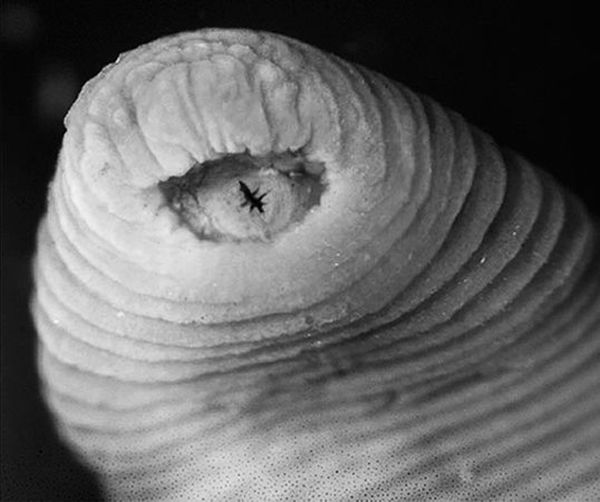
Among this year's top 10 picks is a leech, less than 2 inches in length but with a single jaw and gigantic teeth, earning it the name Tyrannobdella rex, which means "tyrant leech king." Found in Peru, this leech was discovered attached to the nasal mucous membrane of a human. According to the scientists who reported the discovery, there are 600 to 700 species of described leeches, yet there could be as many as 10,000 more throughout the world.
Underwater Mushroom
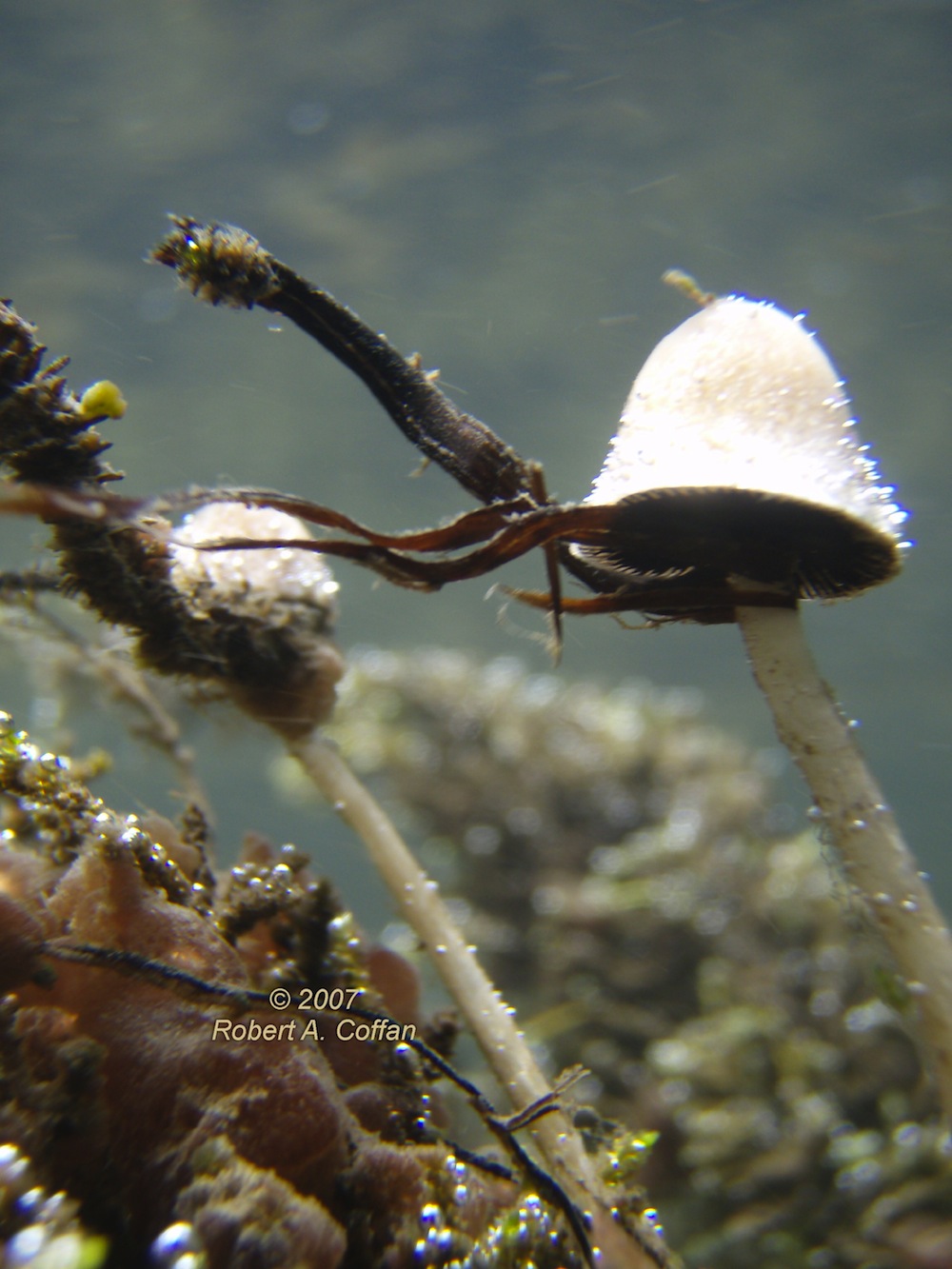
Jennifer Welsh is a Connecticut-based science writer and editor and a regular contributor to Live Science. She also has several years of bench work in cancer research and anti-viral drug discovery under her belt. She has previously written for Science News, VerywellHealth, The Scientist, Discover Magazine, WIRED Science, and Business Insider.










